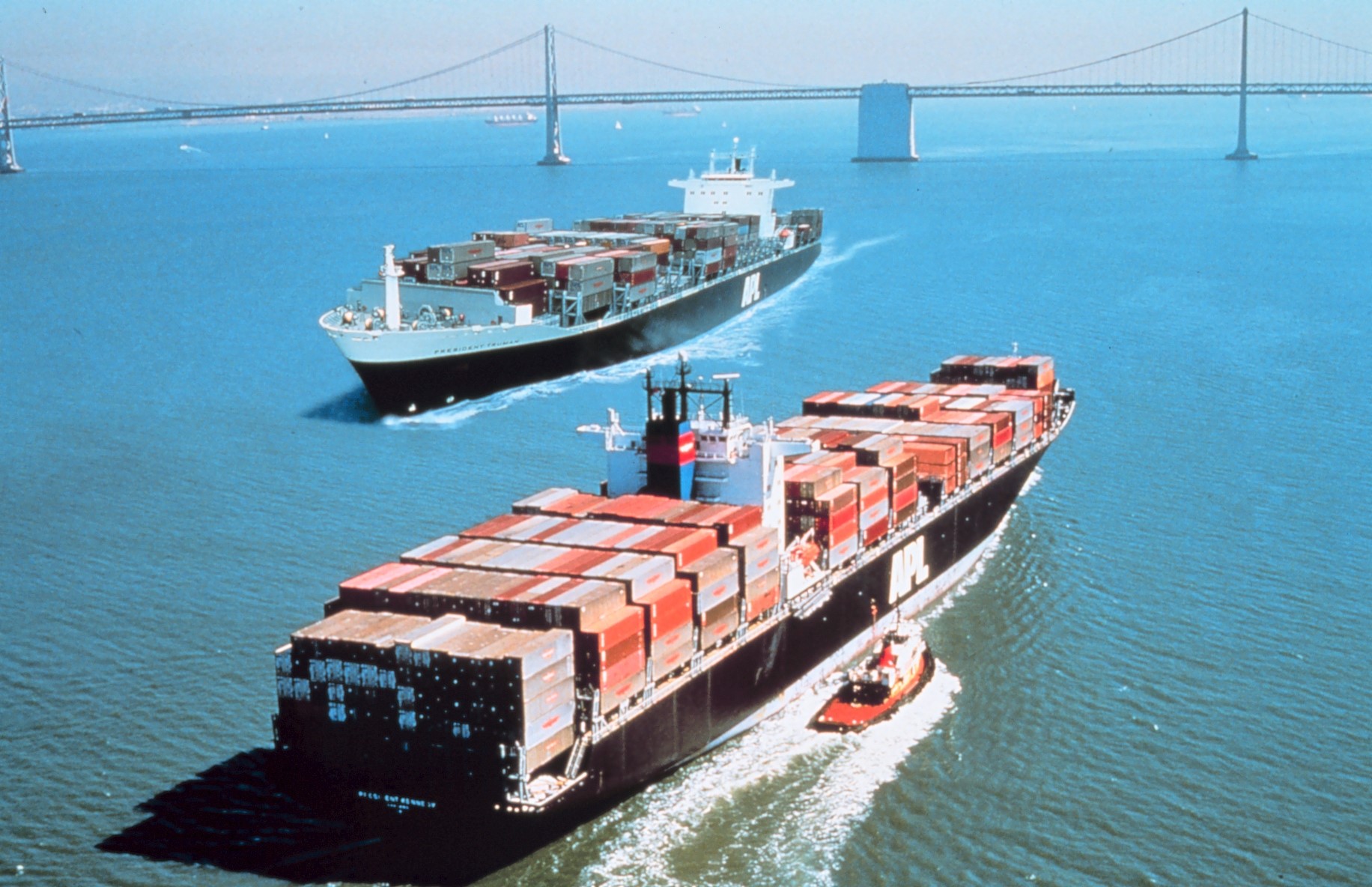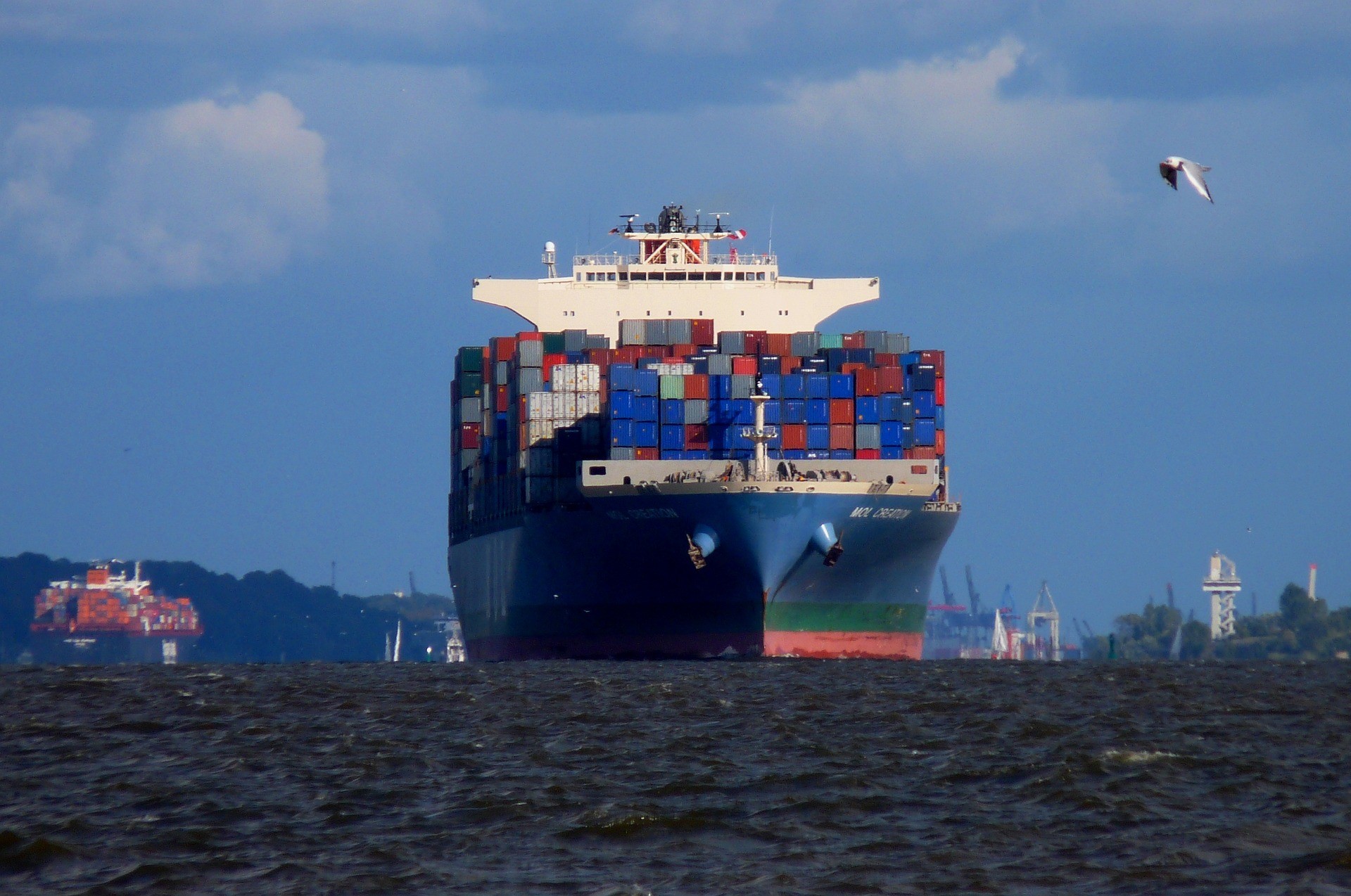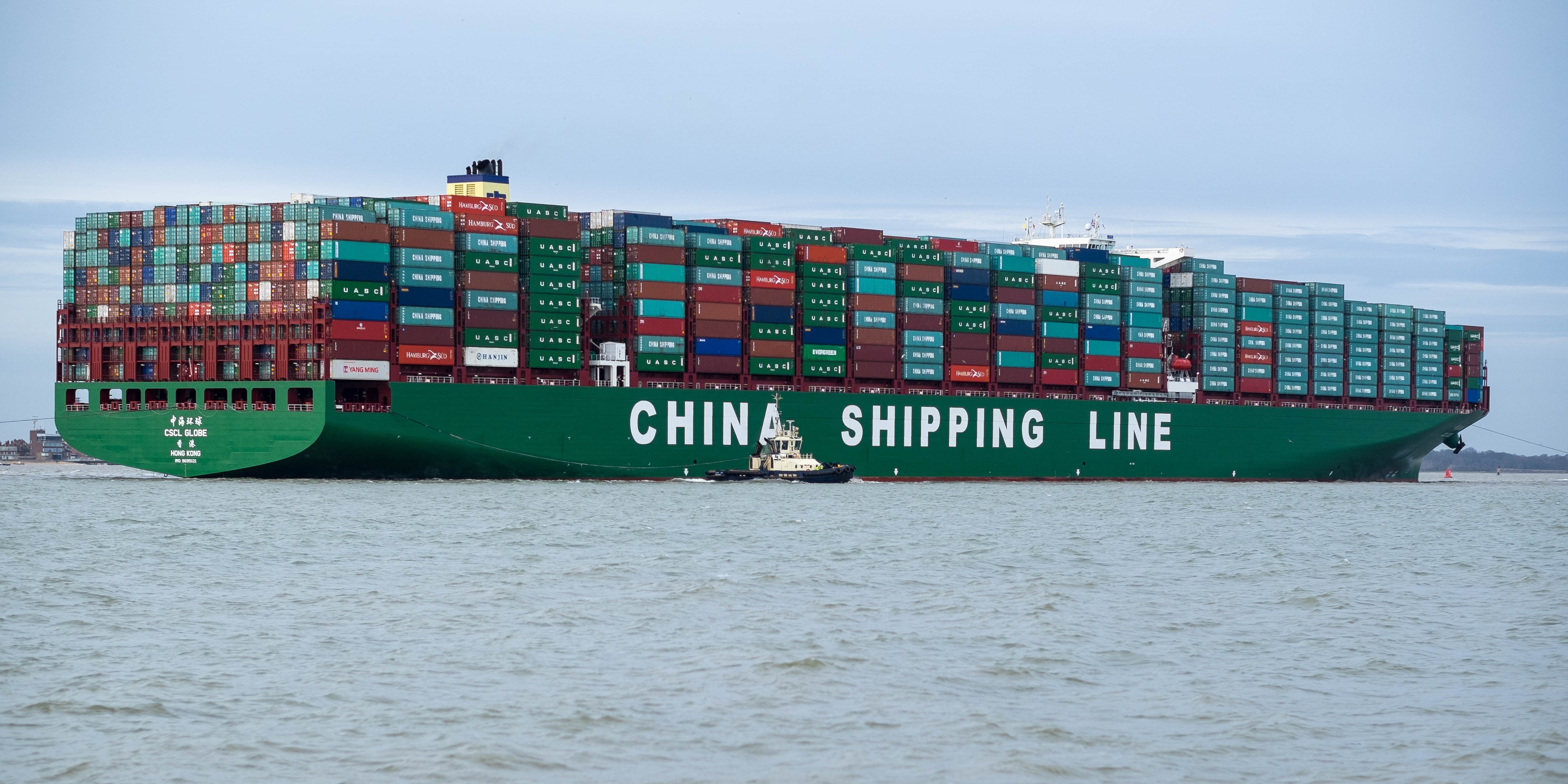Avoiding the Big Ships
By Dag Pike
When the visibility closes in and you are in busy waters, collision avoidance can become quite a challenge. On your radar, you are looking out for other small craft, the big ships and of course all of the navigation marks and features and at the same time trying to keep a good visual lookout. If you are in harbor waters, say coming into the harbor, it can be even more of a challenge. In addition to focusing on the radar, you have to keep a lookout through the pilothouse windows or the windshield. Hopefully, there are two or more of you onboard so that you can split the duties between you. It can be a challenging time, but there is one way to help simplify things a bit – take the big ships out of the equation.
In the Open Sea
Avoiding smaller craft should be easier in bad visibility, or even at night because they tend to have similar handling characteristics to your own boat and will respond quickly to any required changes in course or heading. But it is a different matter with shipping. Firstly, you cannot always be sure that they have seen you particularly at night or in fog. Secondly, they may not always give way according to the Colregs, either because there is not much depth of water for them to maneuver in or they assume that you will keep out of their way because you are smaller.
The big ships will tend to stay at least a mile or more offshore around the headlands. If you stay inside that, you should be okay. There will often be adequate water for you to navigate in closer inshore. Then, there are the Traffic Separation Zones which will be marked on the charts. The big ships are obliged to stay in the deeper water of these one-way systems.
Traffic Separation Zones
Inshore of most of these Separation Zones, there are the Inshore Zones that are free to use by smaller craft. When we say smaller craft, the rules state that this applies to anything under 20 meters (about 66'). If you are lucky enough to have a boat that is above this length, you are obliged to use the main shipping channels. It seems like a strange and arbitrary size rule because in anything under 100' you do not want to be mixing with the big ships. And they do not want you there, but that is how it stands.
So, staying away from these Traffic Separation shipping lanes is one way to help you to avoid the big ships. But you cannot guarantee that there won't be ships in the inshore zones. Ships heading for a port that lies in these inshore waters, of course, have to have access to those ports and are free to do so.
Finally, if your planned route does take you across these separation zones, you are obliged to cross them at right angles to the traffic flow in order to get across as quickly as possible. That ‘right-angle’ refers to the course that you plot across the zone, not your heading. So if there is a tide or current running, your heading has to allow for this. But the aim is to spend as little time in the big ship zone as possible.
So much for keeping away from the big ships out in the open sea. As you approach harbor, both you and the ships will be heading for the same sea area. So it will become harder to avoid getting up close and personal with the big ships. However, in harbor entrances, the buoys marking the channels are normally set to mark the areas of deep water for shipping rather than marking a channel for shallow draft yachts. You can often find that there is adequate water for a yacht just outside the main buoyed channels. If you stay in this area, you will avoid the shipping.
You should be keeping to the starboard side of the channel going into the harbor. But instead of leaving the starboard hand buoys close to starboard, you could find adequate water for your boat if you leave these starboard hand buoys close to port where you can be comfortable that you will not encounter big ships. Before adopting this avoidance tactic, study the chart carefully to ensure that your proposed route just outside the channel buoys is viable.
Sometimes the buoyed channel can be very close to shallow water where the shoal has a steep edge after dredging. Every harbor entrance will be different, but a close study of the chart will soon show what might be feasible. Some harbors even mark a boat channel outside the main channel, which of course invites to use this and reduce your interference with the ships which can be very limited in their navigation options once they get into restricted harbor waters.
Of course, if you have an AIS fitted to your boat, you will be clearly visible to the big ship navigators when they are looking at their radars. However, just because you know that they will be able to see and identify you should not entice you into the deep water areas where you will encounter shipping. Although in theory, you have every right to be out there in the main shipping channels, in any close encounter you are going to come off worse. Remember, with many modern ships they can easily lose sight of your boat from their high bridge because cargo stacked on deck can block the view. No, I always feel that it is much better just to play safe and to stay as far away from the big ships as possible. While you can never be sure that you will avoid all the ships, these avoidance tactics will at least reduce the chances.


